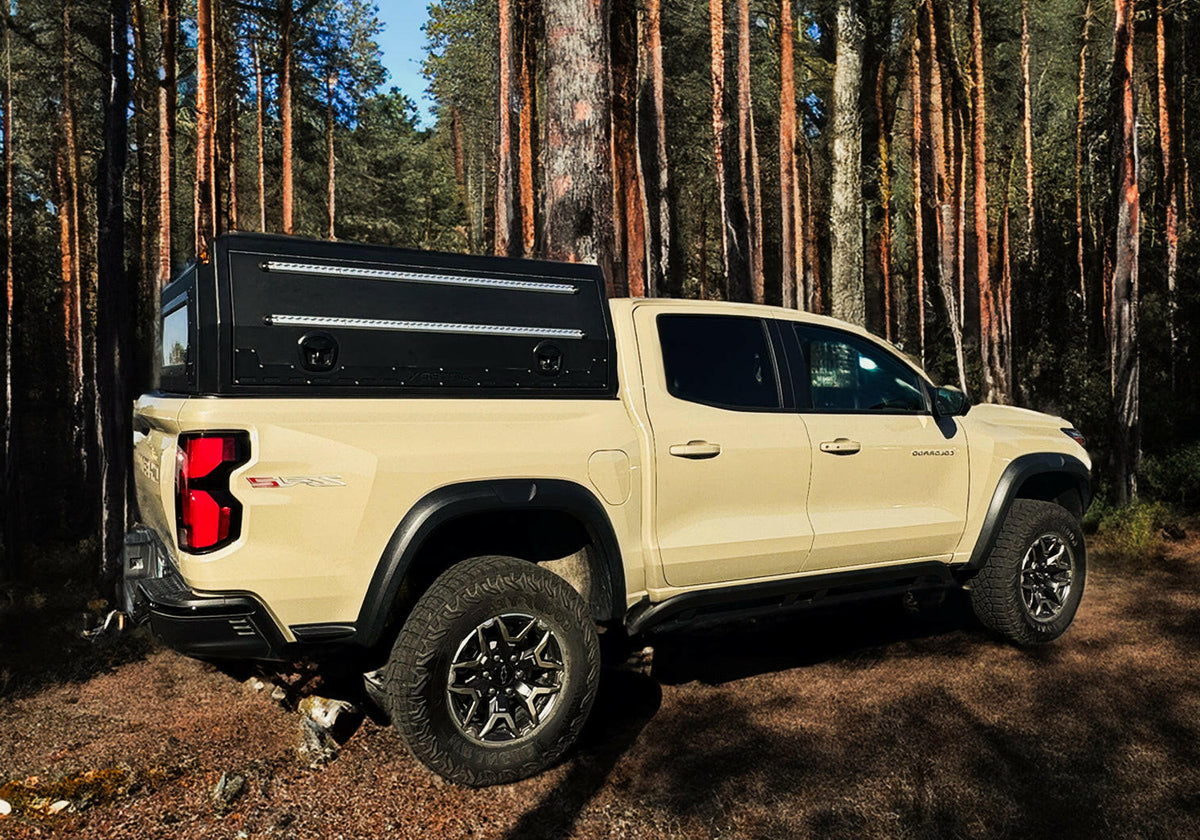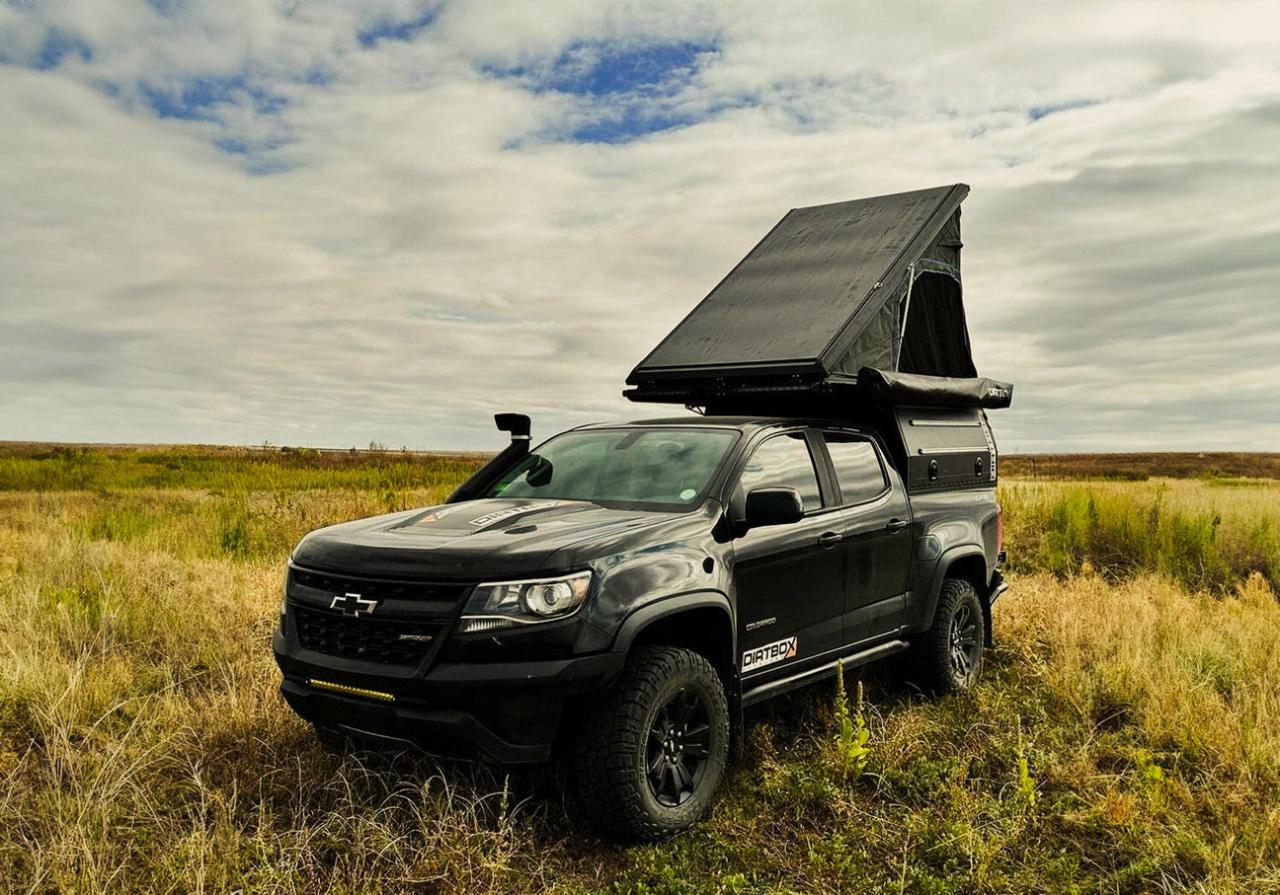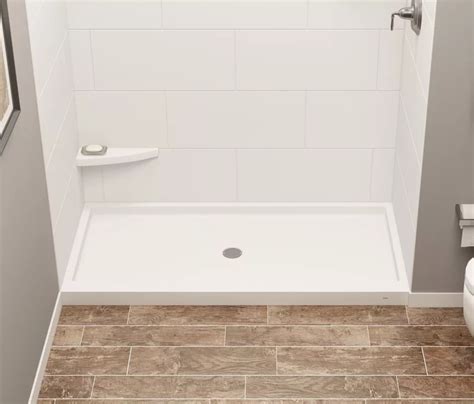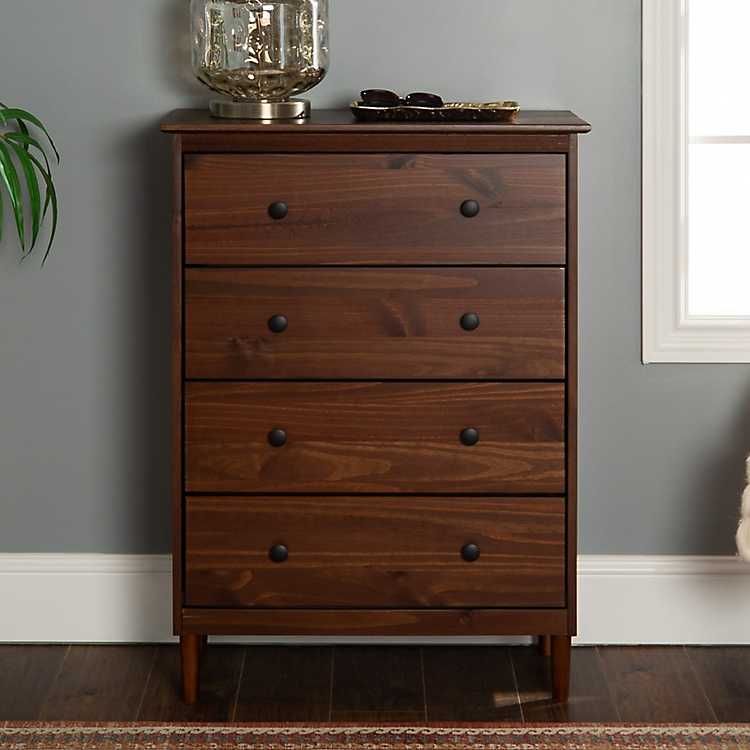Soil health is a critical factor in the productivity of gardens, farms, and ecosystems. With increasing awareness of sustainable practices, many gardeners and farmers are turning to innovative methods to enhance soil quality. One such method is the use of a dirt box topper, which can improve soil health by providing nutrients, enhancing microbial life, and improving moisture retention. This article will provide you with a comprehensive DIY guide to creating your own dirt box topper, complete with benefits, essential materials, and step-by-step instructions.
Understanding the Importance of Soil Health
Before diving into the DIY process, it’s essential to understand why soil health matters. Healthy soil is the foundation of productive ecosystems and agricultural systems. Here are a few reasons why maintaining soil health is crucial:
- Promotes Plant Growth: Healthy soil supports robust plant growth by providing essential nutrients.
- Enhances Biodiversity: A rich soil ecosystem supports a variety of organisms, from earthworms to beneficial microbes.
- Improves Water Retention: Healthy soils can retain moisture better, reducing the need for irrigation.
- Reduces Erosion: Well-structured soil helps prevent erosion, thereby maintaining land integrity.
According to the Food and Agriculture Organization (FAO), soil degradation affects one-third of the earth’s land surface, making the enhancement of soil health a crucial global challenge.
What is a Dirt Box Topper?
A dirt box topper is a layer of organic or inorganic material placed on top of existing soil to improve its health and structure. This can include compost, mulch, or a combination of various soil amendments. The goal is to create a healthier environment for plants and soil organisms.
Benefits of Using a Dirt Box Topper
Implementing a dirt box topper comes with numerous advantages:
- Nutrient Enrichment: Adds essential nutrients necessary for plant growth.
- Improved Microbial Activity: Encourages the proliferation of beneficial microorganisms.
- Weed Suppression: Helps in controlling weed growth by blocking sunlight to weed seeds.
- Temperature Regulation: Acts as an insulator, helping to maintain soil temperature.
Materials Needed for Your Dirt Box Topper
Creating a dirt box topper requires some essential materials. Here’s a list of what you will need:
- Organic matter (compost, leaf mold, or aged manure)
- Inorganic materials (gravel, sand, or perlite)
- Mulch (wood chips, straw, or grass clippings)
- Tools (shovel, rake, wheelbarrow, and gloves)
- Water source for moistening the materials
Step-by-Step Instructions to Create Your Dirt Box Topper

Now that you have your materials ready, follow these steps to create your dirt box topper:
Step 1: Choose the Right Location
Select an area in your garden or yard where you want to apply the dirt box topper. Ensure the site receives adequate sunlight and is free from standing water.
Step 2: Prepare the Soil

Clear the area of any debris, weeds, or old plants. Use a shovel to loosen the top layer of soil, which allows for better integration of the topper materials.
Step 3: Layering the Materials
Begin layering your materials. A recommended structure is:
- First Layer: A 2-3 inch layer of organic matter (compost or leaf mold)
- Second Layer: A 1-2 inch layer of inorganic materials (sand or perlite)
- Third Layer: A 2-3 inch layer of mulch (wood chips or straw)
This combination will provide a rich environment for soil microbes while preventing weed growth.
Step 4: Water the Layers
After layering, lightly water the entire area to help settle the materials and initiate the decomposition process. Be careful not to oversaturate; a gentle misting is ideal.
Step 5: Monitor the Topper
Over the next few weeks, monitor the area for any signs of decomposition. You may need to add more organic matter or mulch to maintain the desired thickness.
Case Studies: Successful Dirt Box Topper Implementations
Many gardeners and farmers have successfully implemented dirt box toppers to enhance soil health. Here are a couple of case studies:
Case Study 1: Urban Community Garden

An urban community garden in Portland, Oregon, faced challenges with compacted and nutrient-poor soil. By implementing a dirt box topper using local compost and wood chips, the garden reported:
- A 40% increase in vegetable yield within the first growing season.
- Improved water retention, allowing for reduced irrigation needs.
Case Study 2: Organic Farm Transition
A transitioning organic farm in California utilized a dirt box topper made from organic materials to rehabilitate degraded soils. Results included:
- Enhanced microbial diversity, leading to improved soil structure.
- A gradual increase in crop resilience to pests and diseases.
Statistics on Soil Health Improvements

Research has shown that implementing practices like dirt box toppers can lead to significant improvements in soil health:
- According to a study by the USDA, organic matter amendments can increase soil carbon content by up to 30% over three years.
- Soil health initiatives have been shown to reduce the need for synthetic fertilizers by up to 50%.
Creating a dirt box topper is a practical and effective way to enhance soil health in your garden or farm. By layering organic and inorganic materials, you can promote nutrient cycling, improve microbial activity, and support plant growth. With the increasing importance of sustainable practices, implementing a dirt box topper not only benefits your immediate gardening efforts but also contributes to the broader goal of soil conservation.
Key takeaways include understanding the importance of soil health, the benefits of using a dirt box topper, and the step-by-step process to create one. Whether you’re a seasoned gardener or a beginner, adopting this practice can lead to rich, vibrant soils that support healthy ecosystems.



